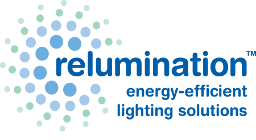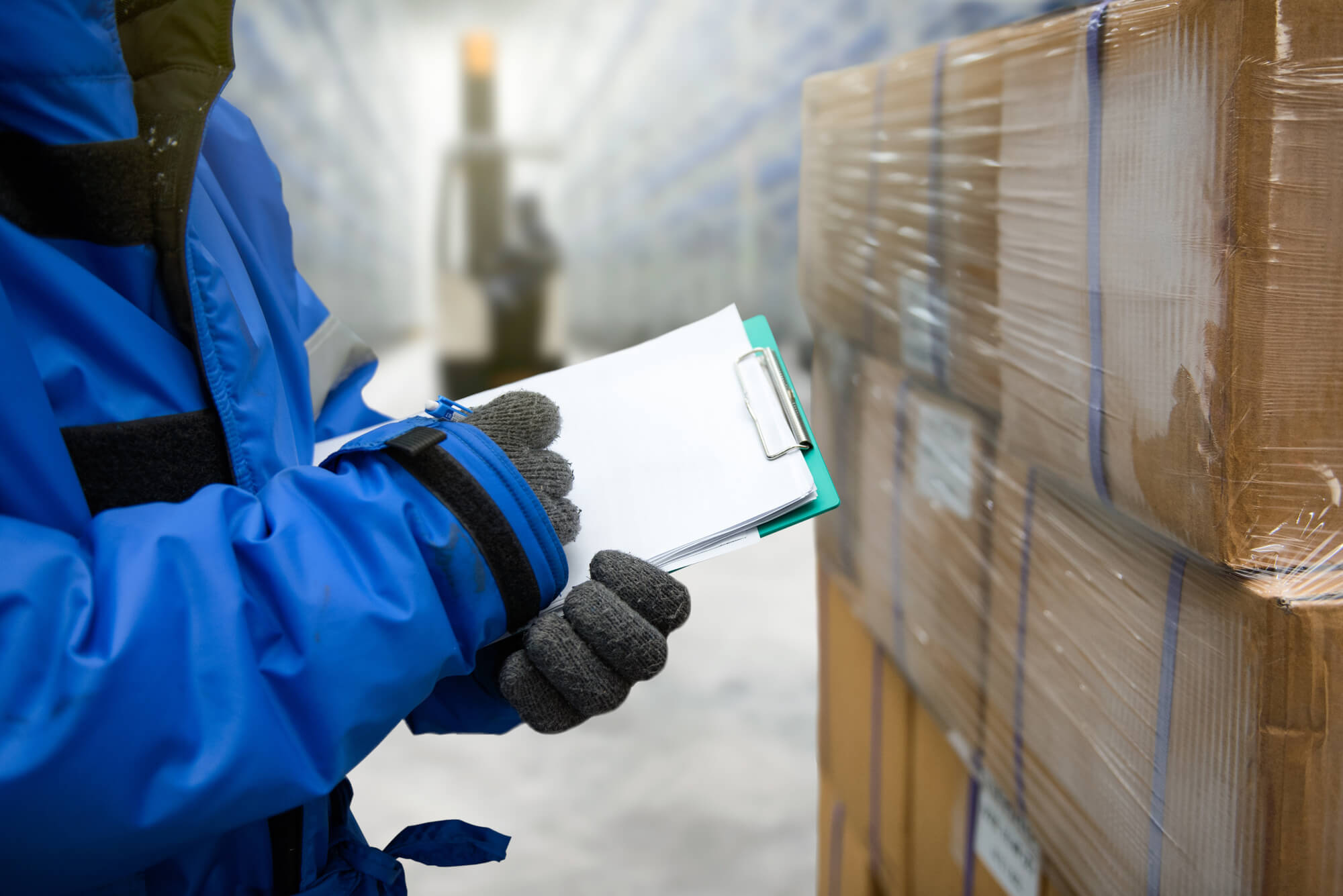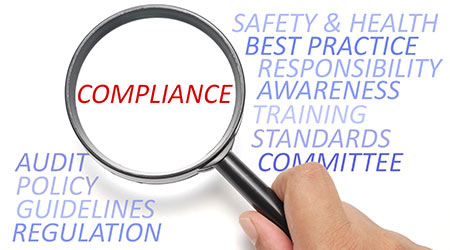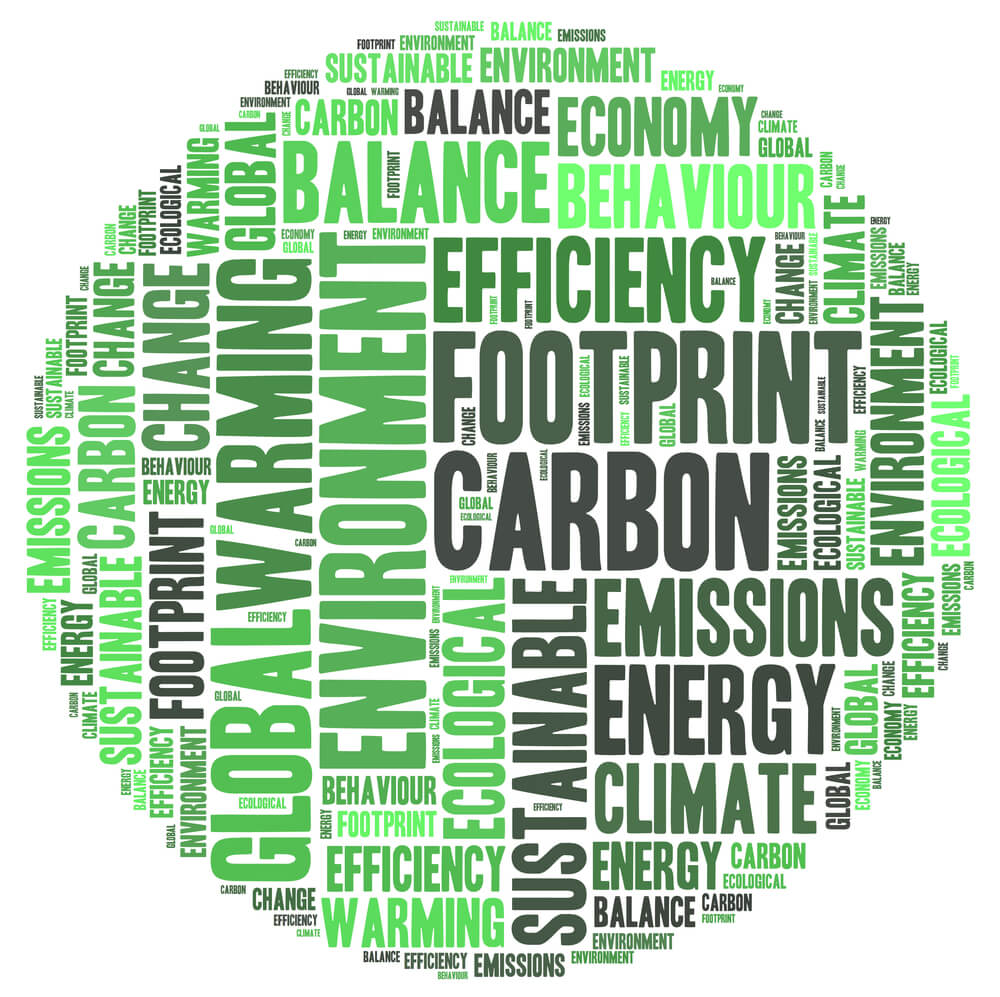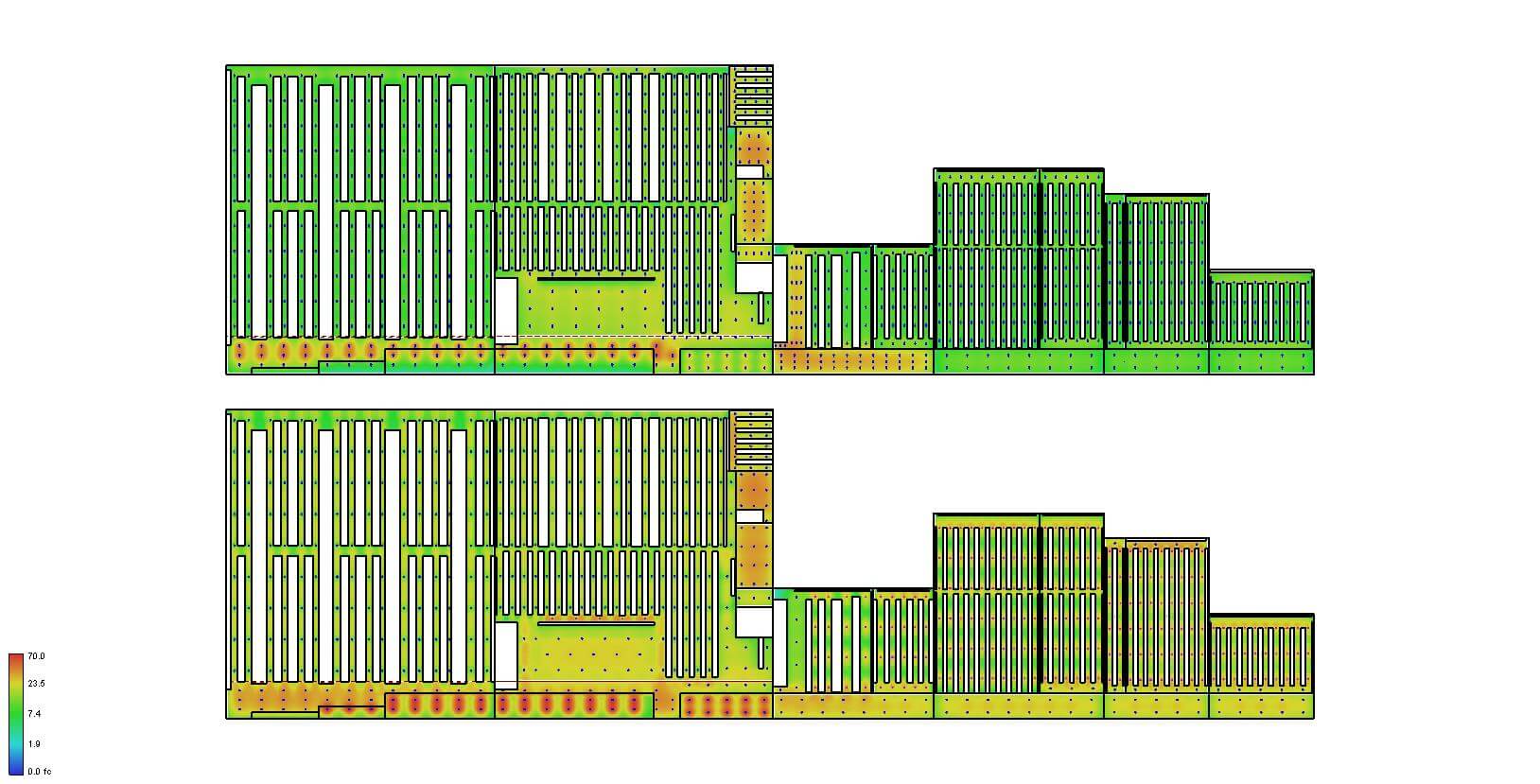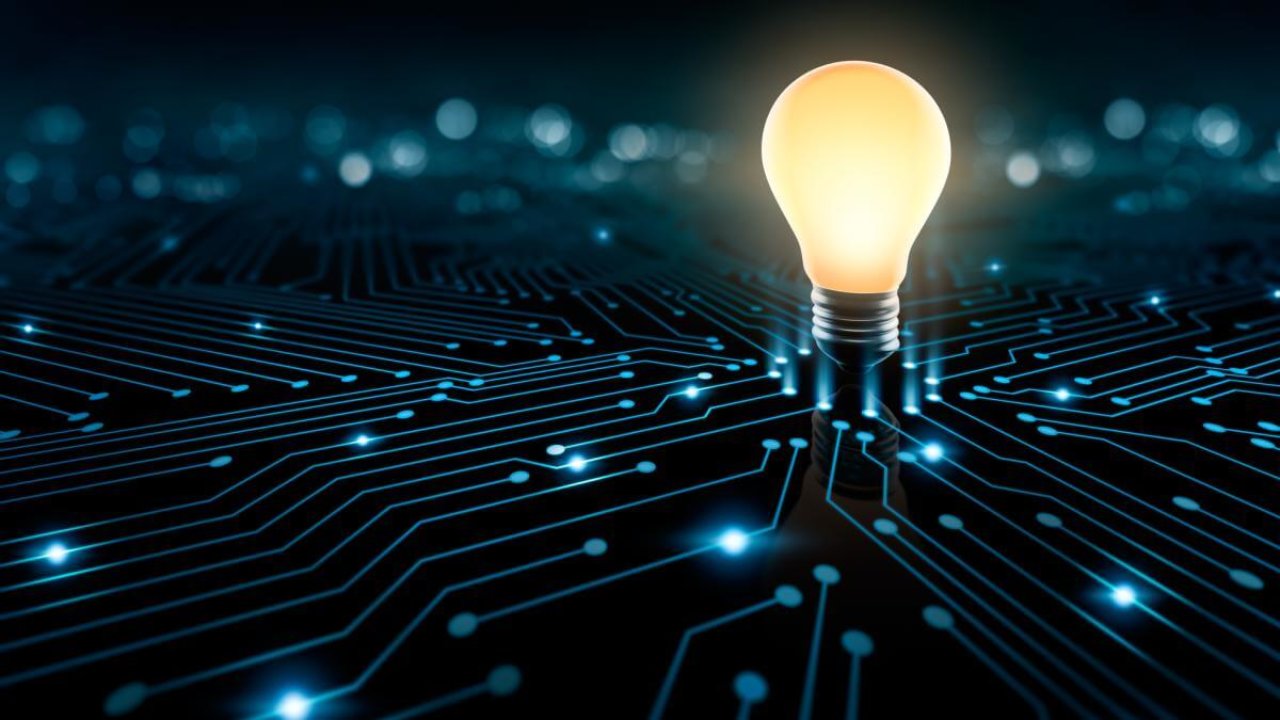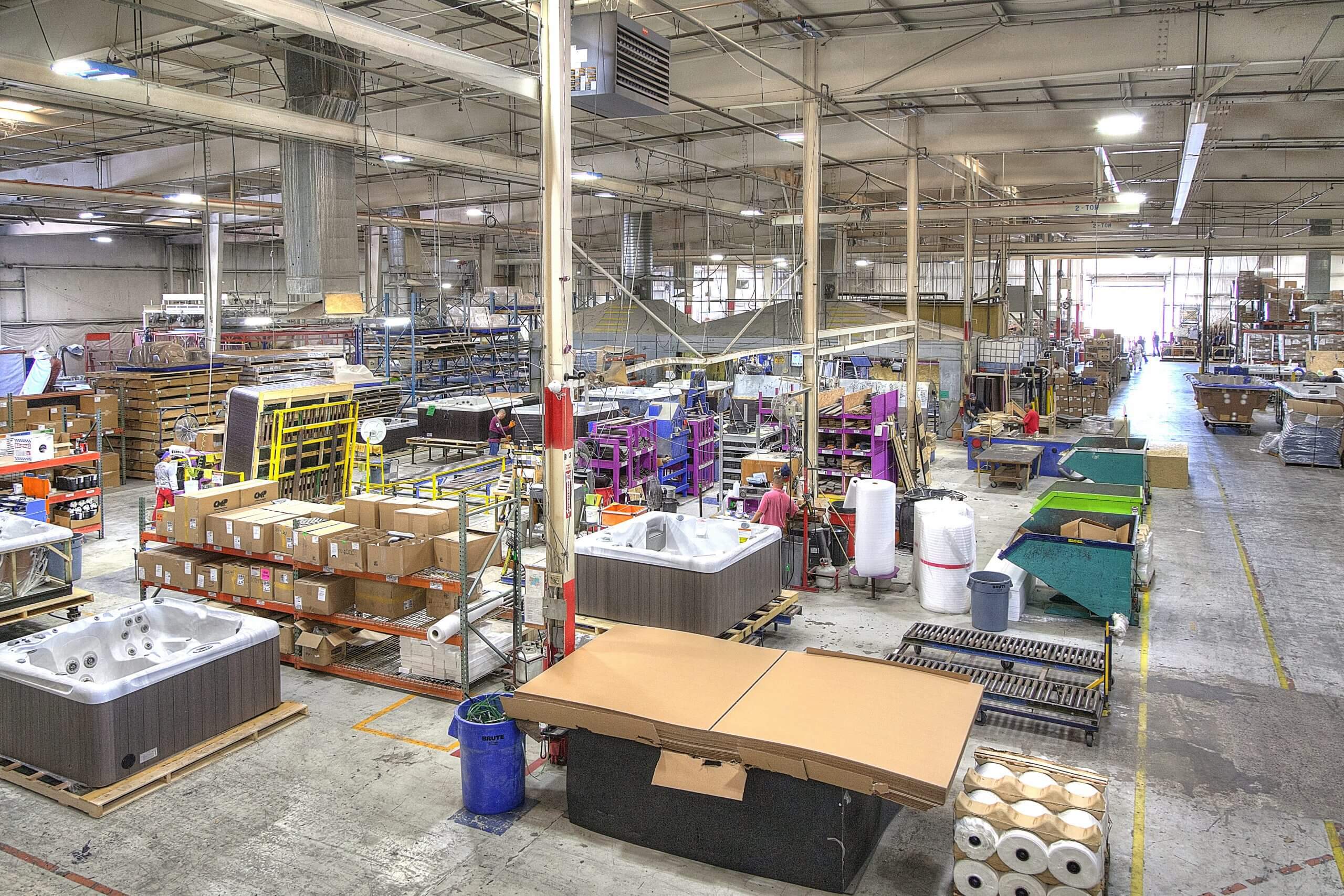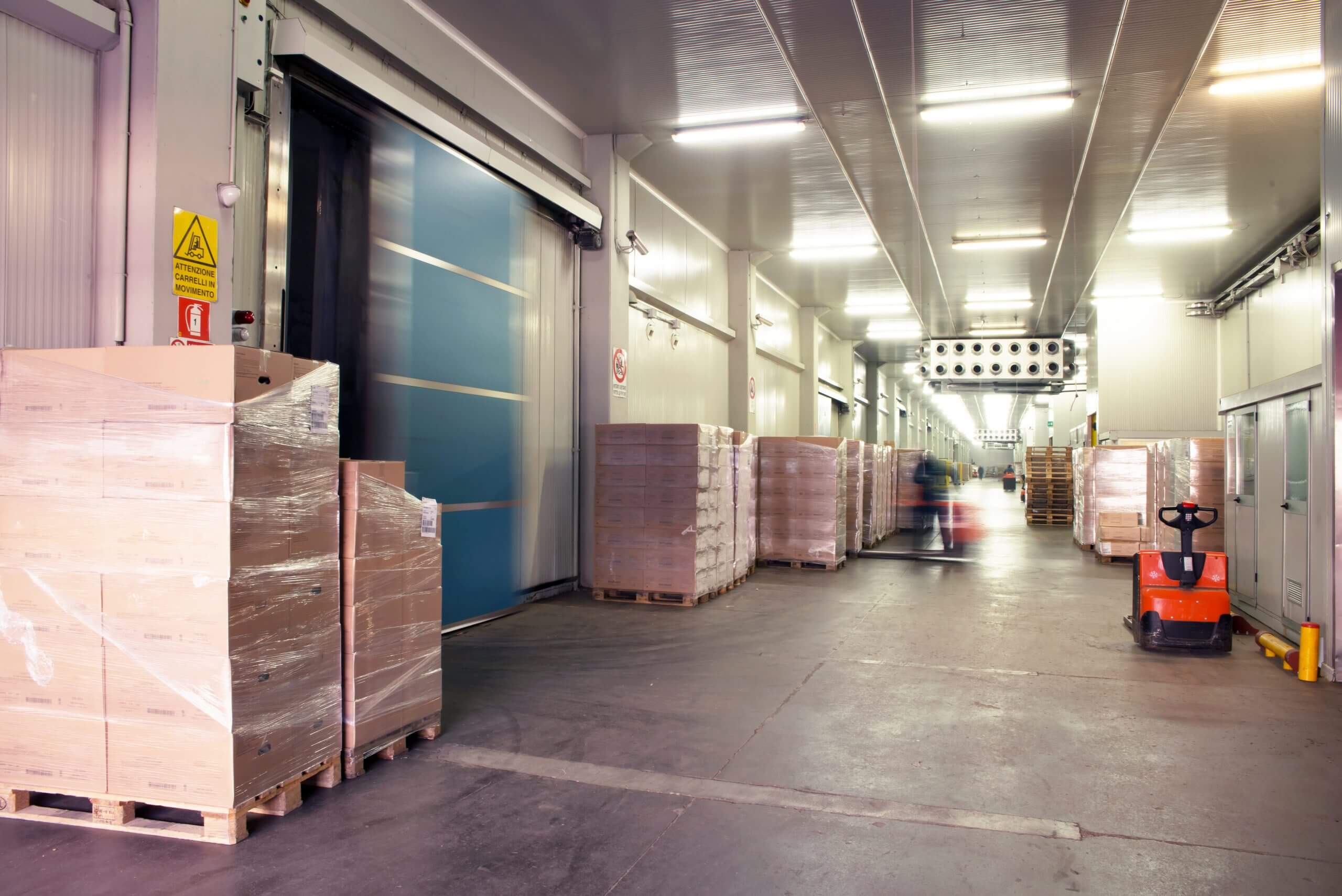One of the challenges that facilities face during the COVID-19 pandemic is how to monitor the health and safety of their employees. One of the biggest prevention measures for combating COVID-19 is the act of social distancing and wearing proper protective equipment. An advanced network lighting control system can help you control and monitor social distancing for your employees. This can be done by using a variety of methods from setting up lighting schedules for specific zones to monitoring auxiliary spaces.
Encouraging social distancing
People generally want to do the right thing when it comes to social distancing but they also need a little guidance on how best to accomplish that. By using what you have on hand you can set guidelines and boundaries for employees to clearly follow. For example, you can set the lights in a pattern that sets employees apart. This way they know that as long as they’re in a lighted area, they are practicing proper social distancing.
This may also mean switching things around on the warehouse floor to accommodate but your employee’s health and wellness during these times are worth it.
Controls for Safety
Task Tuning – With the proper lighting system the ability to customize and manage precise lighting parameters on individual fixtures, or override entire groups quickly and easily through the mobile and web applications. The ability to set up schedules and zones can be used to identify areas that may be restricted during certain times throughout the day.
Event-Based Alerts – Configure value-based thresholds for any single variable (such as temperature, relative humidity, etc.), and receive alerts via email, push notification, or SMS. The potential to monitor temperatures throughout facility can be a valuable asset to maintain a safe environment.
Monitor Auxiliary Spaces – Gain insight into intervening spaces or unmonitored auxiliary areas to proactively identify high traffic areas. Keeping a close eye on where employees gather is vital in determining the appropriate processes to encourage social distancing.
Protect Product Quality – Monitor critical production or storage areas to ensure that optimal and/or required environmental conditions are met and maintained, and product quality isn’t compromised. During these times promoting safety and quality is more important than ever, having sensor based controls can enhance current processes and help to determine necessary improvements.
Conclusion
COVID-19 is forcing a lot of people to think outside the box when it comes to preventing the spread of the virus. The best thing to do is to encourage social distancing with what you have on hand. Using your localized lighting management system can be a great way to accomplish this. If you need more information or need a light system that accomplishes this task, then check us out here to get the process started.
